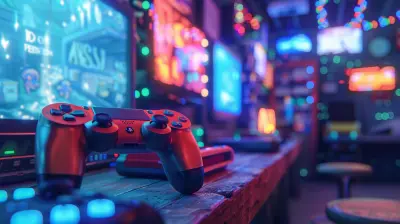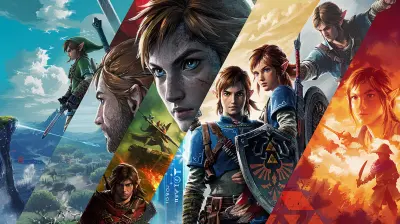From Concept to Prototype: Turning Ideas into Playable Games
27 June 2025
So, you've been struck by the divine light of inspiration, huh? Maybe it came while sipping your morning coffee, or perhaps during one of those late-night gaming marathons. One moment you're holding a controller, and the next, BOOM—an idea for the next big gaming sensation hits you like a blue shell in Mario Kart. But, let's be real: having a great idea is the easy part. Turning it into a playable game? That’s where the real grind begins. Ready to dive into the nitty-gritty of game creation? Grab your favorite snack, and let’s break it down.
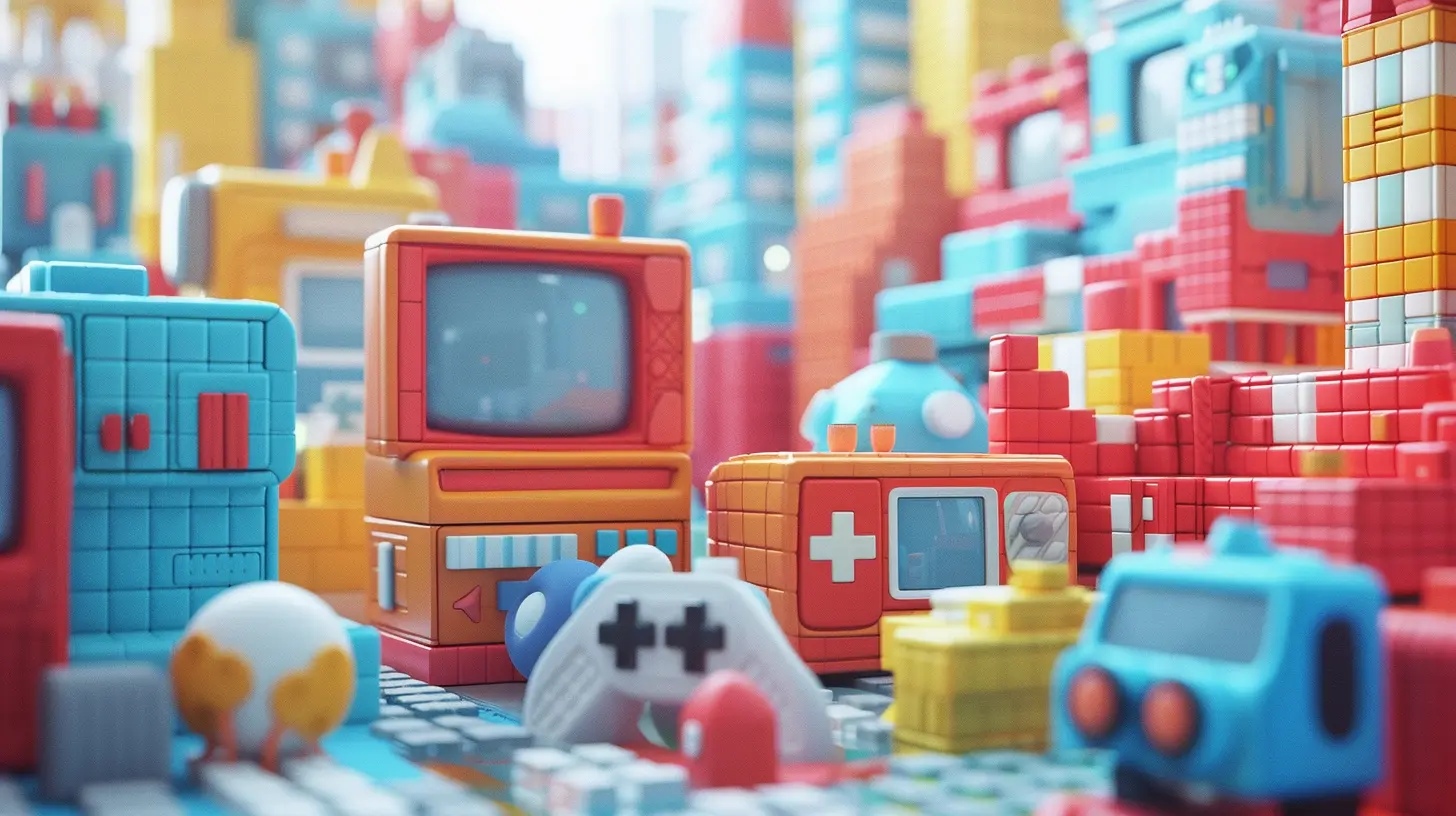
1. The Spark: Where It All Begins
Every great game starts with an idea. And not just any idea—an idea that sticks in your brain like a catchy tune you can’t stop humming. Maybe you’ve envisioned a post-apocalyptic world where cats rule supreme. Or perhaps you’re thinking about a puzzle game where you… I don’t know, stack pancakes under extreme pressure? (Let’s face it, pancakes and stress are a winning combo.)But before you buy a one-way ticket to Game Dev Fame Town, ask yourself: Is this idea worth pursuing? Not every idea is gold, and that’s cool. Good ideas are like socks—you know they’re around somewhere, but you might need to dig through the mess to find the perfect pair.
Start by jotting your ideas down. You don’t need an elaborate pitch deck yet; even a napkin will do. The goal here is to brainstorm without judgment. The weird, the wild, the “what were you thinking”—write it all down.
Pro Tip:
If your inner critic kicks in, kindly tell them to take a coffee break. This is your brainstorming session. No negativity allowed!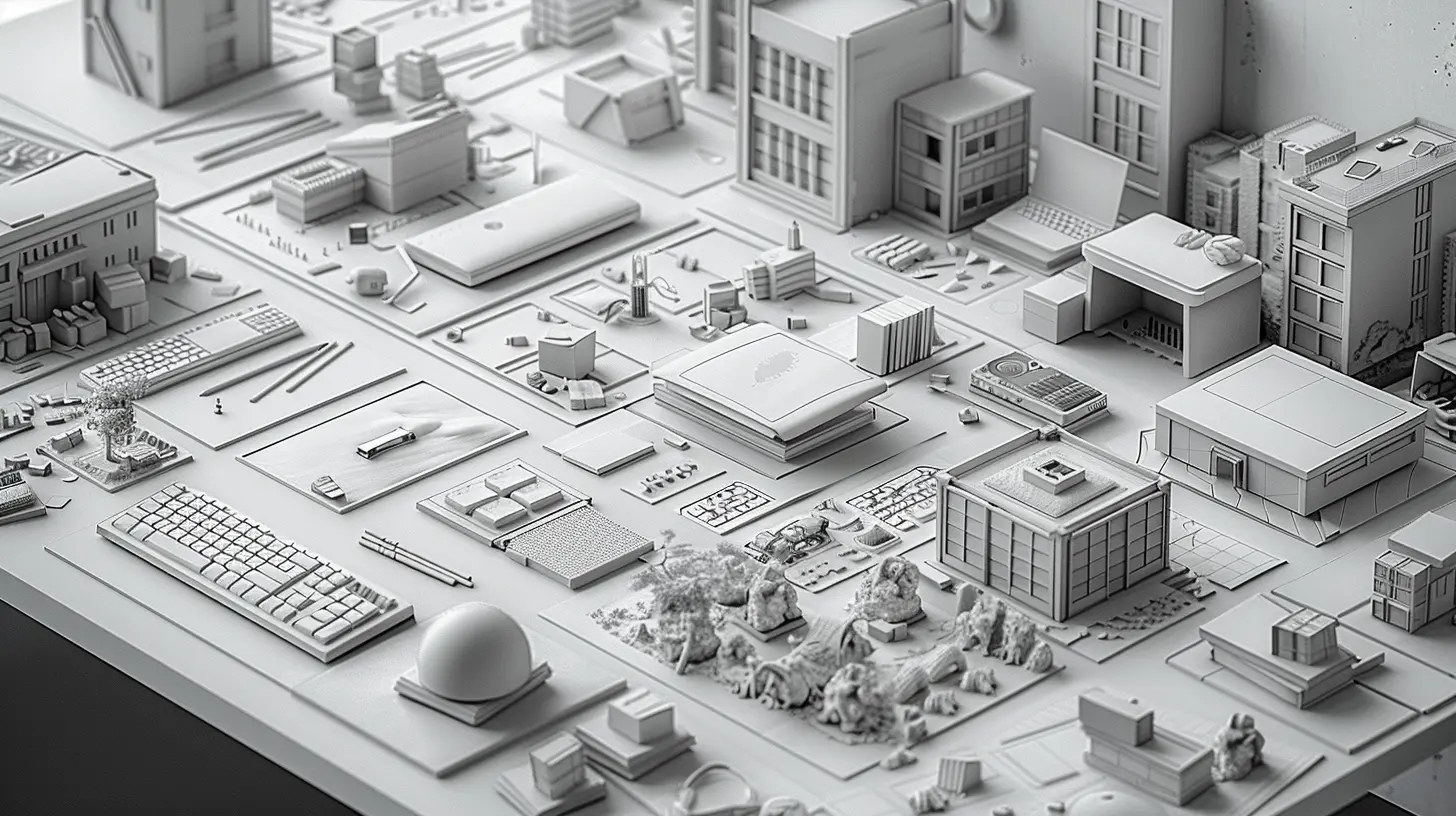
2. Fleshing Out the Idea: The Skeleton of Your Game
Alright, you’ve got the spark. Now it’s time to build some bones. Think of it like creating the skeleton for Frankenstein’s monster (but y'know, less horrifying). What type of game are you making? Is it a fast-paced FPS, an emotional indie story, or a chaotic party game where everyone laughs, cries, and screams simultaneously?This is where you dive into the what and why of your concept:
- What’s the core mechanic? (Like, what will players actually do in the game? Jump on platforms? Solve mysteries? Herd chickens?)
- Why is this fun? (If you can’t answer this, you’re in trouble. Even games about mundane tasks—looking at you, Goat Simulator—can be fun if done right.)
Think of your core mechanic as the peanut butter in your PB&J sandwich. Without it? Well, it’s just dry bread and unfulfilled dreams.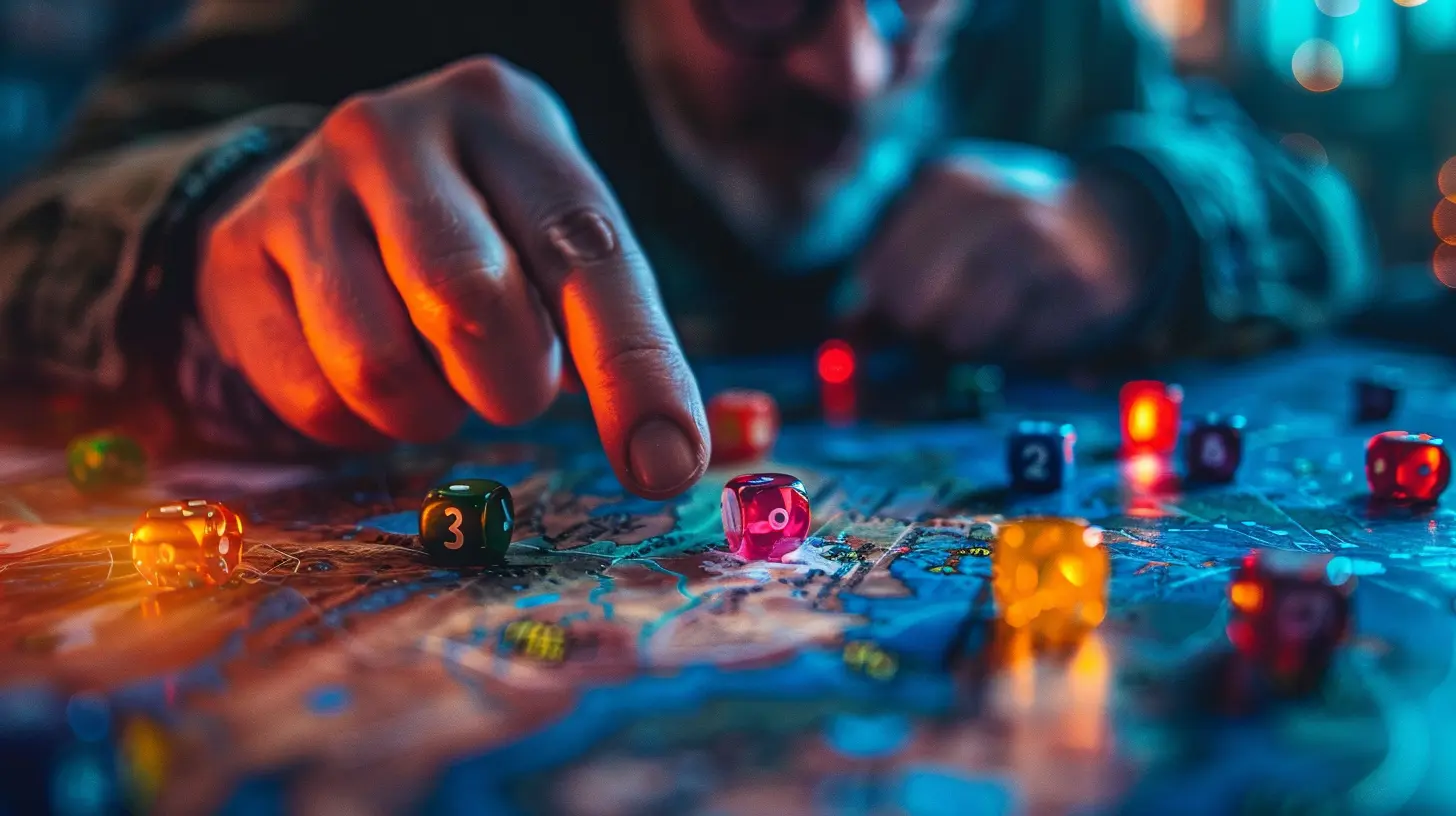
3. The Art of Research: Yes, You’re Doing Homework
“But I thought this was supposed to be fun!” Listen, making awesome games is fun, but it’s also work. You’ll need to do a bit of digging to make sure your idea isn’t déjà vu to players. (Do we really need another generic dungeon crawler? Nah, thanks.)- Play similar games. Yup, that’s your excuse to binge-game for “research purposes.” Pay attention to what works and what doesn’t.
- Read reviews. What are players saying about similar titles? Do they hate the controls? Love the quirky art style? This is where the gems of insight lie.
- Find your unique angle. Maybe it’s your art style, story, or a mechanic that hasn’t been done before. Whatever it is, it’s gotta stand out.
Remember, there’s no shame in modeling your game after something that inspired you. Just add your own flavor. Like remixing a classic song, but make it yours.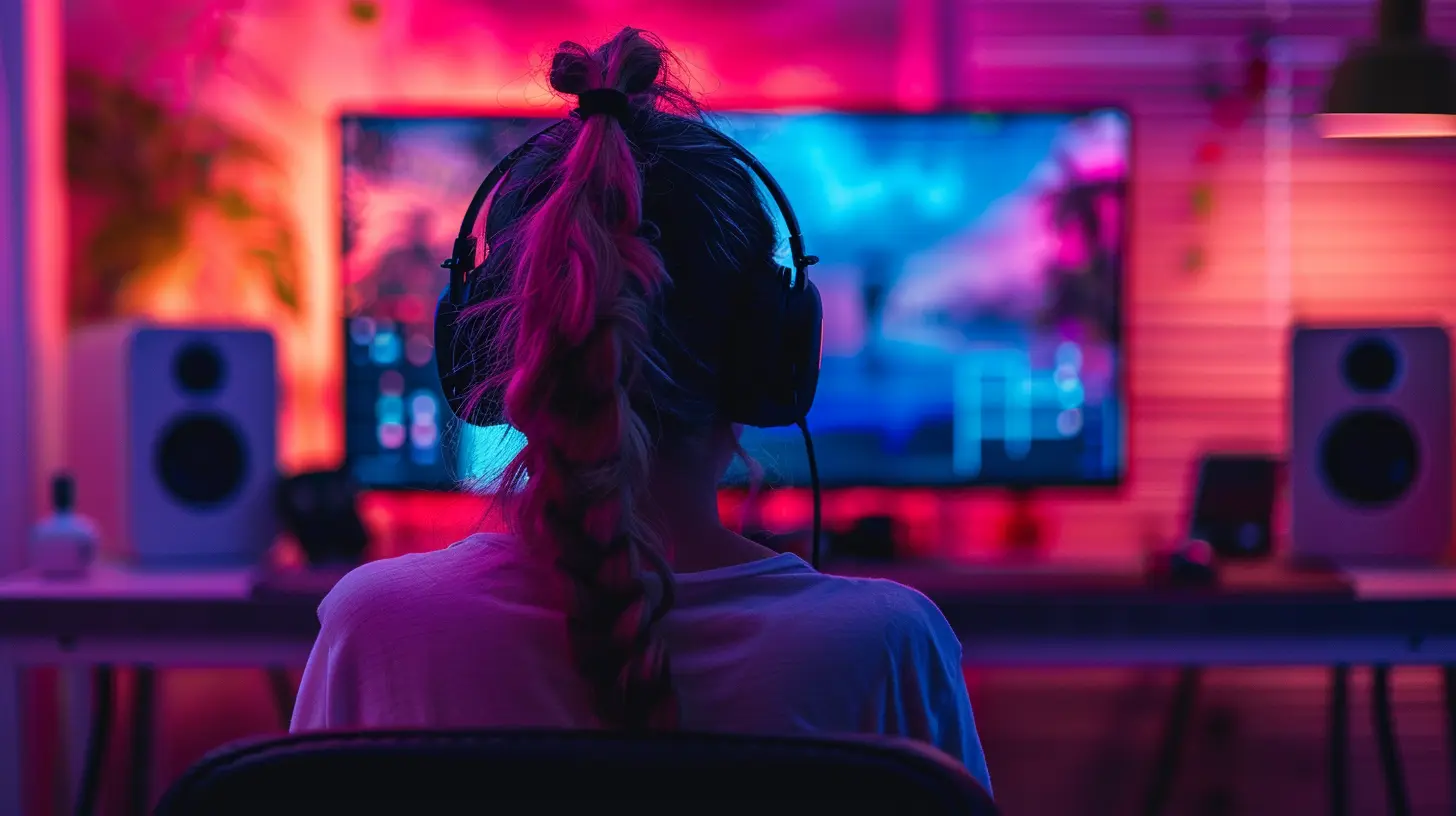
4. Designing the Blueprint: Let’s Get Visual
Okay, it’s time to put your idea into visuals. This is the moment where your game starts to feel less like a dream and more like something real.Create a Game Design Document (GDD). Yeah, it sounds fancy, but really, it’s just a central place to keep all your ideas organized. Include things like:
- Gameplay mechanics
- Level design concepts
- Character sketches
- A loose storyline (if applicable)
But hey, don’t overcomplicate things. Your GDD doesn’t need to be a novel. Think of it as a map for your journey. It’s okay if it’s a little messy, as long as it gets the job done.
Think About Prototyping Early
Before diving headfirst into development, sketch out your game on paper. Use flowcharts or doodle player progression. Heck, grab some post-its and pretend they’re puzzle pieces. Anything to visualize how the game will flow.5. The Emotional Rollercoaster Called Prototyping
Alright, buckle up because prototyping is where the ride gets bumpy. A prototype is essentially the barebones version of your game. It’s like making a PB&J with just peanut butter—missing a lot, but the basics are there.The point here isn’t to create a perfect, polished version of your game. Instead, you’re testing the waters to see if your idea can actually float. Expect things to break, crash, or make absolutely zero sense. That’s normal.
Tools of the Trade:
- Game engines like Unity, Unreal Engine, or Godot are your go-to.- Visual scripting tools (like PlayMaker) let you prototype without diving too deeply into coding.
- Pen and paper prototyping is a lifesaver for puzzlers or tabletop-inspired ideas.
This stage is all about experimenting. Treat it like a science experiment, and don’t stress if your prototype feels janky. That’s the point! It’s easier to fix cracks in the foundation now than when you’re already knee-deep in development.
6. Feedback: Your Ego’s Worst Nightmare
Here’s the thing about feedback—it’s like eating your greens as a kid. You don’t really want to do it, but it’s good for you. Once you’ve cobbled together a prototype that’s playable (even if it resembles Frankenstein’s monster), let people test it.Start small. Friends and family can be a great first step, but remember, they might sugarcoat their feedback. After all, they love you. Once you’re ready for the cold, hard truth, broaden your horizons—online forums and indie game communities are amazing resources.
Ask targeted questions like:
- “What part of the game was fun?”
- “What was confusing or didn’t work?”
- “Would you actually play this?”
And for the love of all things pixelated, don’t take criticism personally. See it as a to-do list for making your game even better.
7. Iteration: Rinse and Repeat
Here’s a harsh truth: no game is perfect right out of the gate. Even AAA developers go through countless iterations. Your prototype will probably need adjustments. And then more adjustments. And then… yeah, you get the point.Think of iteration like sculpting. Each pass chips away the unnecessary stuff until you’re left with something refined and beautiful.
8. The Power of Teamwork: Assemble Your Squad
Unless you’re a one-person army (which, BTW, mad respect), you’re gonna need help. Game development is rarely a solo mission.- Programmers: They make your game actually work.
- Artists: They make it pretty.
- Sound designers: They give your game a voice.
- Writers: They bring your story and characters to life.
Find people who vibe with your vision but aren’t afraid to challenge your ideas. Healthy collaboration leads to better games.
9. Polish, Polish, Polish: It’s All About the Details
Once your prototype is solid, it’s time to polish. This is where you add all the extras that make your game shine. Think of this stage like frosting a cake—sure, the cake can function without it, but will anyone actually want to eat it? Probably not.Focus on:
- Smooth controls
- Crisp visuals
- Bug-free gameplay (well… as bug-free as possible)
10. Show It to the World: The Big Reveal
Finally, the moment of truth. Your game is playable, polished, and ready to meet its audience. Whether that means releasing a demo, launching on Steam, or pitching to publishers, make sure you’re proud of what you’ve created. You’ve earned it.Wrapping It Up
Turning an idea into a playable game is a journey, my friend. From that first spark of inspiration to your final prototype, it’s a rollercoaster of creativity, frustration, and (hopefully) triumph. But at the end of the day, there’s nothing quite like seeing your vision come to life. So, what are you waiting for? Go turn those pancake-stacking, cat-dominating ideas into the next big hit. You’ve got this.all images in this post were generated using AI tools
Category:
Video Game DesignAuthor:

Francesca West
Discussion
rate this article
2 comments
Vaughn Alexander
Great insights! I appreciate how you break down the prototyping process. It’s inspiring to see the journey from concept to playable game so clearly explained.
October 10, 2025 at 4:54 AM

Francesca West
Thank you! I'm glad you found the breakdown helpful and inspiring. I appreciate your feedback!
Indigo Jimenez
Transforming concepts into prototypes is the heartbeat of game development! Embrace creativity, iterate fearlessly, and let your ideas ignite a revolution in interactive entertainment!
July 21, 2025 at 4:45 PM

Francesca West
Absolutely! Prototyping is essential for bringing ideas to life and fostering innovation in game development. Let's keep pushing boundaries!
